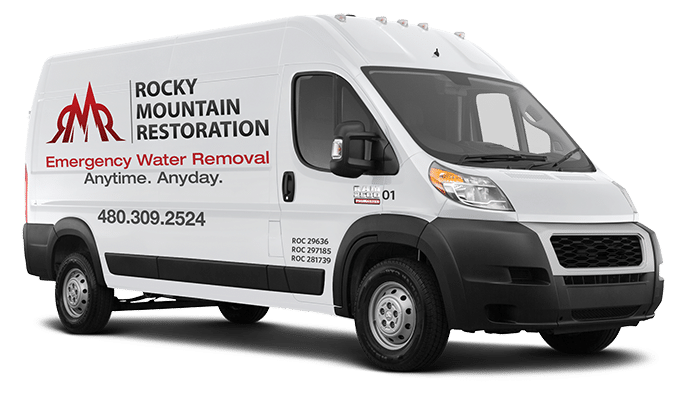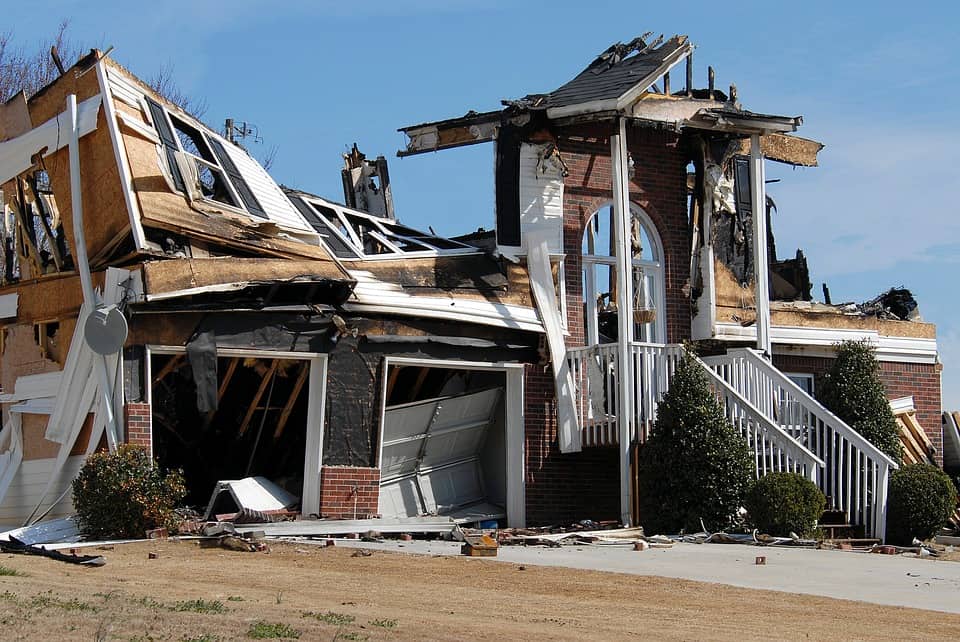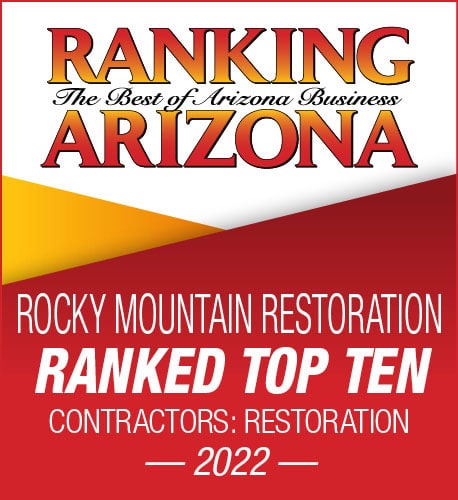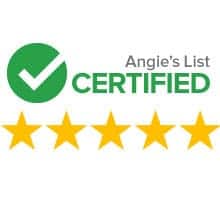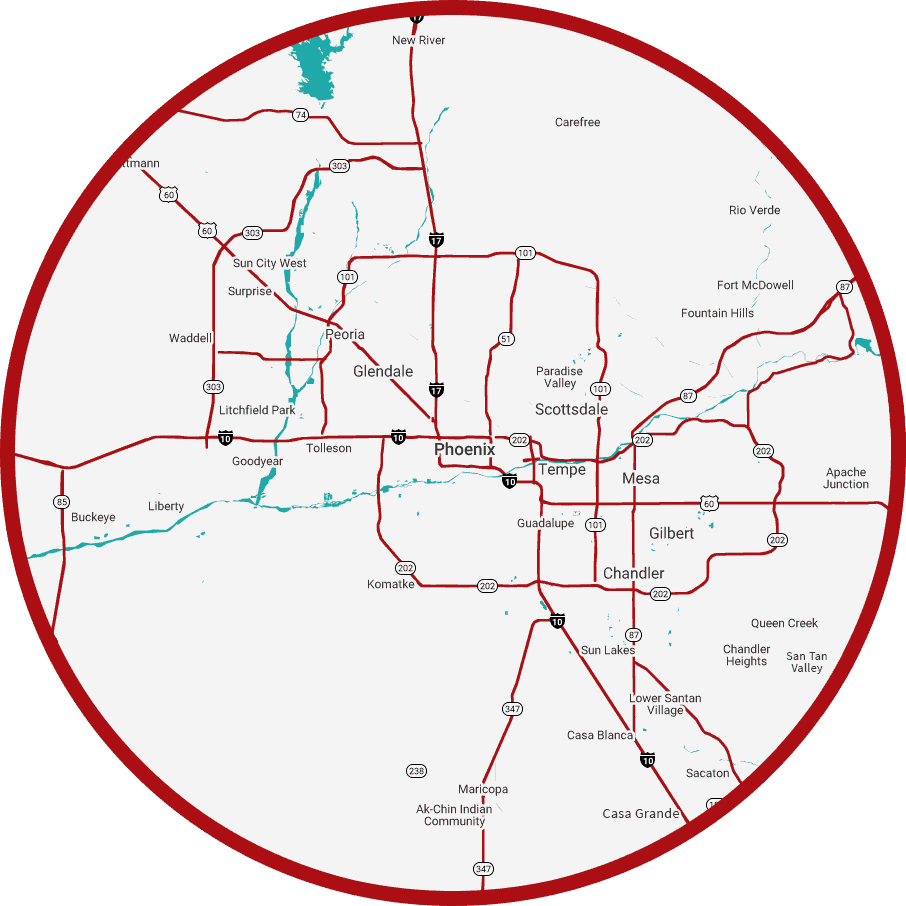Have you ever thought about the best way to fix a home damaged by fire? It’s not just about cleaning off the soot and smoke. It’s about making a home safe and feeling normal again.
After a fire, it’s important to understand the damage and get the right cleaning tools. The American Red Cross says safety gear and products like Tri-sodium Phosphate (TSP) are key for removing tough residues and smells. Also, preventing future fires is crucial, like installing smoke alarms and using fire-resistant materials.
Key Takeaways
- Fire damage restoration goes beyond what you see, focusing on hidden damage too.
- Proper smoke damage cleanup uses specific cleaners, like Tri-sodium Phosphate (TSP).
- Wearing safety gear, such as rubber gloves and heavy shoes, is vital during cleanup.
- Getting rid of odors is key to making a fire-damaged home safe to live in.
- Using fire-resistant materials and smoke alarms can prevent future fires.
Understanding Fire Damage and Its Impact
Fire damage can have a big impact on both buildings and people’s health. Even a small fire can leave behind a lot of soot and smoke damage. ServiceMaster of Lake Shore highlights the need to spot these signs early, like black dust and soot on surfaces.
Properties damaged by fire may have weakened structures, making them unsafe. These issues need careful checks. Fires also bring health risks from soot and smoke, leading to breathing problems and other health issues.
Knowing about the effects of fire damage, including soot and smoke damage, helps property owners. This knowledge is key to fixing the damage and making sure everyone is safe again.
Gathering Essential Cleaning Supplies
When dealing with fire damage, having the right cleaning supplies is key. It makes the cleanup process safe and efficient. This helps avoid more damage and health risks. Start by collecting cleaning supplies for fire damage that cover different cleanup needs.
First, get the protective gear you need. This includes rubber gloves, safety goggles, and masks to protect against harmful residues and debris. Safety is the top priority when cleaning up after a fire.
Then, look for cleaning agents that work well on fire damage. Tri-sodium phosphate is great for removing tough soot and grime. But, use it carefully and follow the label instructions to avoid mistakes.
For cleaning walls and other delicate areas, dry-cleaning sponges are a must. These sponges can pick up soot and residues without spreading them. Make sure to use these sponges dry to ensure they work right.
Also, include soot cleaners made for heavy soot deposits in your list. These products are better at removing soot than regular household cleaners. ServiceMaster of Lake Shore suggests getting the right products for the best results and to prevent further damage.
Inspecting and Assessing the Extent of Damage
A thorough inspection of smoke damage is key to understand how much a fire has affected a property. Assessing fire damage means looking at both obvious and hidden areas. Even if some parts look okay, they might still have smoke smells or hidden dirt.
It’s important to check ceilings during the inspection. They often have soot and other residue. Identifying soot damage in these areas makes sure nothing is missed. This detailed check helps in planning for restoration, making sure everything is cleaned or removed right.
A detailed assessment is crucial for recovery plans. It helps decide which items need deep cleaning and fixing. Smoke can get into hidden spots like ducts and unseen areas. So, a careful inspection is vital for a complete recovery.
Removing Soot and Smoke from Surfaces
After a fire, getting rid of soot and smoke from surfaces is key. It takes professional cleaning and careful work. First, vacuuming the area well is crucial. This step removes loose soot and stops it from spreading.
ServiceMaster suggests a cleaning mix of mild soap, trisodium phosphate (TSP), and chlorine bleach in warm water. This mix works great on fire-damaged walls but be careful not to soak delicate surfaces like washable wallpaper. After cleaning, dry-sponging is important to lift soot without making it worse.
Start cleaning from the floor up to avoid streaks. Clean from the least dirty to the most dirty spots. Some surfaces need special care to avoid damage. Each cleaning step is important for a complete clean.
Using these professional cleaning methods helps homeowners safely restore their homes. Properly cleaning fire-damaged walls removes all soot and smoke. This not only makes the space look good again but also keeps everyone healthy.
Eliminating Smoke Odors
Getting rid of smoke smells in a home can be tough. It takes different methods for good results. You can start with simple steps like using natural odor absorbers like baking soda or vinegar. Put bowls of these in the areas with bad smells to help neutralize them.
Experts like ServiceMaster of Lake Shore suggest using trisodium phosphate (TSP) for tough smells. TSP is great for getting rid of odors but be careful with it because it’s very strong. Always wear gloves and make sure the area is well-ventilated when using TSP.
- Put bowls of baking soda or vinegar in rooms with smoke smells.
- For clothes you can wash, add vanilla extract or baking soda to the wash to lessen the smell.
Ozone treatment is another way to remove smoke smells. This method uses an ozone generator to kill the molecules that cause the smell. But, it’s best to have experts do this because it can be dangerous.
Natural odor absorbers are a safer choice for getting rid of smells at home. Things like activated charcoal and special odor absorbers can be placed around the house. They work to fight smoke smells all the time.
In the end, using both home remedies and professional services can fully remove smoke smells. This makes your home fresh and free of bad smells.
Additional Safety Tips During Cleanup
When dealing with fire damage, safety is key. It’s vital to follow important safety steps during cleanup to protect your health. Experts at ServiceMaster suggest wearing masks to avoid breathing in soot, which can harm your lungs and even get into your bloodstream.
It’s also crucial to keep pregnant people and young kids away from the damaged areas. This helps prevent health problems during the cleanup.
Wearing protective gear like gloves, goggles, and overalls is a must. This gear helps avoid touching dangerous materials and lowers the chance of skin problems or injuries.
Getting everyone to follow these safety rules makes fire damage cleanup safe and effective. By focusing on these steps, you can create a safer, healthier space during and after restoration.
Conclusion
Dealing with fire damage needs a careful and informed plan. Homeowners should understand the damage and its effects to make smart choices about cleaning and fixing things. It’s important to start by identifying smoke damage and getting the right cleaning tools.
Checking everything thoroughly helps make sure all damaged areas get cleaned. This includes removing soot and smoke from surfaces and getting rid of smoke smells. It’s also key to follow safety rules during this tough time. This shows how important it is to have a step-by-step plan to fix fire-damaged homes.
Some homeowners might try to clean up on their own. But, hiring professional fire damage restoration services is often best. They can make sure your home is back to how it was before the fire. Also, talking to insurance companies about coverage is crucial. Insurance can help cover the costs of fixing your home.
In the end, recovering from fire damage means having a good and safe cleaning plan. This can be done by yourself or with professional help. Always put health and safety first. This way, you’ll get your home back and feel at ease again.
